
The Royal Red Cross (RRC) is a military decoration awarded in the United Kingdom and Commonwealth for exceptional services in military nursing. It was created in 1883 and the first two awards were to Florence Nightingale and Jane Cecilia Deeble. Deeble had served in Zululand and she had noted that the work of the nurses was not recognised officially.
Dame Claire Bertschinger, DBE, DL is an Anglo-Swiss nurse and advocate on behalf of suffering people in the developing world. Her work in Ethiopia in 1984 inspired Band Aid and subsequently Live Aid, the biggest relief programme ever mounted. Bertschinger received the Florence Nightingale Medal in 1991 for her work in nursing, and was made a Dame by Queen Elizabeth II in 2010 for "services to Nursing and to International Humanitarian Aid".

Dame Alicia Frances Jane Lloyd Still, was a British nurse, teacher, hospital matron and leader of her profession. She was one of the leaders in the campaign for state registration of nurses. Following the Nurses Registration Act 1919, she was a member of the General Nursing Council (1920-1937). As chairwoman of the General Nursing Council's first Education and Examinations Committee she helped establish the first national examination standards for the registration of nurses.

Julia Catherine Stimson was an American nurse, credited as one of several persons who brought nursing to the status of a profession.
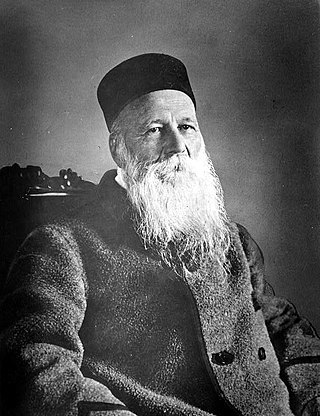
The Henry Dunant Medal is the highest award of the Red Cross Movement. It is named after Henry Dunant, the founder of the Red Cross Movement. The medal is presented every two years by the Standing Commission of the Red Cross and Red Crescent. This body represents the International Committee of the Red Cross, the International Federation of Red Cross and Red Crescent Societies and the various National Red Cross and Red Crescent Societies.

The Albanian Red Cross, or ARC, is the national society member of the International Federation of Red Cross and Red Crescent Societies for Albania. The oldest humanitarian organization in Albania, it was founded on October 4, 1921, and was officially recognized by the Red Cross and Red Crescent Movement in 1923. Its headquarters are located in the Albanian capital of Tirana, and its 39 branches provide humanitarian assistance across the country in accordance with the Fundamental Principles.
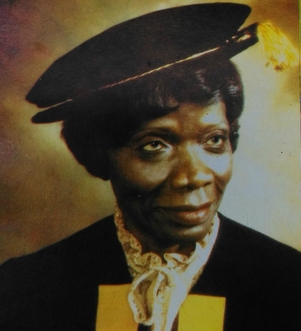
Chief Kofoworola Abeni Pratt Hon. FRCN was a Nigerian nurse who was one of the first notable black nurses to work in Britain's National Health Service. She subsequently became vice-president of the International Council of Nurses and the first black Chief Nursing Officer of Nigeria, working in the Federal Ministry of Health.
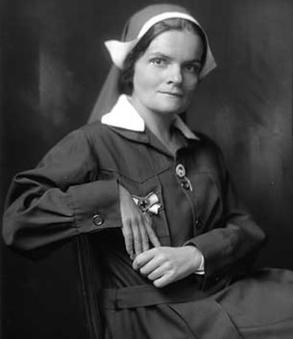
Sylva Macharová was a Czech nurse who was one of the first trained nurses in Prague. She headed the first nursing school in the country between 1923 and 1931. She was one of the inaugural recipients of the Florence Nightingale Medal. After a break to raise her family, Macharová returned to nursing after World War II, working at a military hospital until 1949. Thereafter, she was appointed Head of the Rehabilitation Department in the clinic headed by Professor Arnold Jirásek.

Take Hagiwara (1873-1936) was a Japanese nurse, trained by the Red Cross, and sometimes referred to as the "Japanese Nightingale". She graduated from nursing school in 1897 and after touring Europe and studying hospitals there, was appointed as the first commoner to direct the Japanese Red Cross. In 1920, she led a successful campaign to assist Polish orphans who had become refugees in Siberia and that same year was one of the inaugural recipients of the Florence Nightingale Medal. She served as an honorary delegate to the International Council of Nurses (ICN) for 22 years before she was able to found the Nursing Association of the Japanese Empire in 1929 and gain full admission to the ICN in 1933. She was the Superintendent of Nursing for the Japanese Red Cross for 36 years.
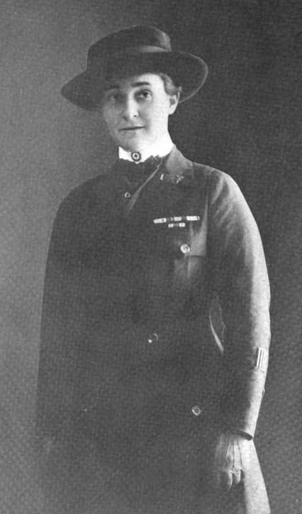
Alice Louise Florence Fitzgerald ARRC was an American nurse who served in Europe during and after World War I. She earned a Florence Nightingale Medal from the International Committee of the Red Cross in 1927, for her achievements.

Florence Merriam Johnson was an American nurse and nursing administrator in World War I, director of the Department of Nursing for the Atlantic Division of the American Red Cross. She was one of the first six American recipients of the Florence Nightingale Medal, awarded by the International Committee of the Red Cross in 1920.

Elizabeth Gordon Fox was an American Red Cross nurse, director of the Public Health Nursing Service during and after World War I. She was the twelfth American recipient of the Florence Nightingale Medal when it was awarded by the International Committee of the Red Cross in 1931.
Nancy Malloy was a medical administrator and nurse for the British Columbian branch of the Canadian Red Cross. She participated in various international missions that took place at remote hospitals, often in dangerous areas. On December 17, 1996 she was murdered together with five of her colleagues when on a mission in Chechnya, Russia. Posthumously, she was awarded both the Florence Nightingale Medal and the Meritorious Service Medal.
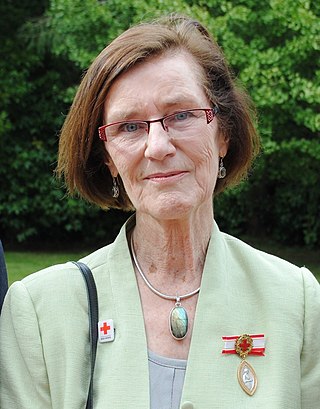
Joyce Hood is a New Zealand nurse. In her work with the International Red Cross and Red Crescent Movement she has served in areas of armed conflict and natural disaster, and received a number of medals recognising her service.
Barbara Fay Turnbull is a New Zealand nurse. In 2017 she received the Florence Nightingale Medal for her work with the International Red Cross and Red Crescent Movement in situations of conflict.
Roselyn Nugba-Ballah is a nurse from Liberia, who was a recipient of the Florence Nightingale Medal in 2017.
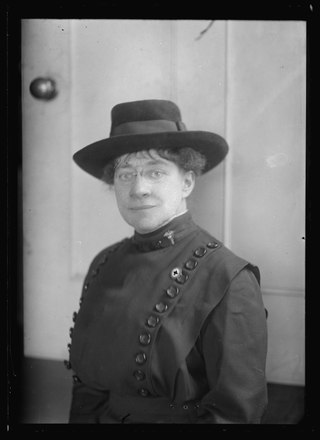
Ida de Fatio Butler was an American nurse. She graduated from the Hartford Hospital Nursing School in 1901.
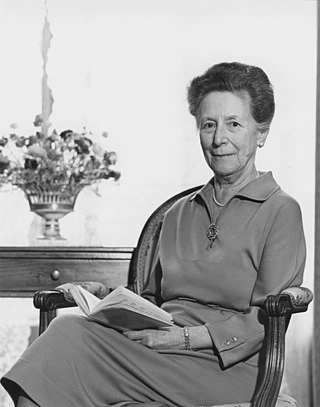
Lucie Odier was a Swiss nurse from a Patrician family background. She became a leading expert at the International Committee of the Red Cross (ICRC) for relief actions to civilians. As only the fourth female member of the ICRC's governing body Odier helped to pave the way towards gender equality in the organisation which itself has historically been a pioneer of international humanitarian law.
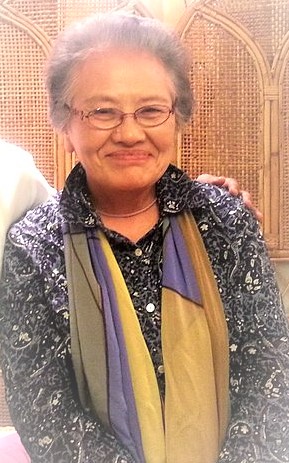
Hiroko Minami, is a Japanese Nurse leader and educator. She has been working to advance nursing in Japan, including education, service, and research for more than 30 years.















